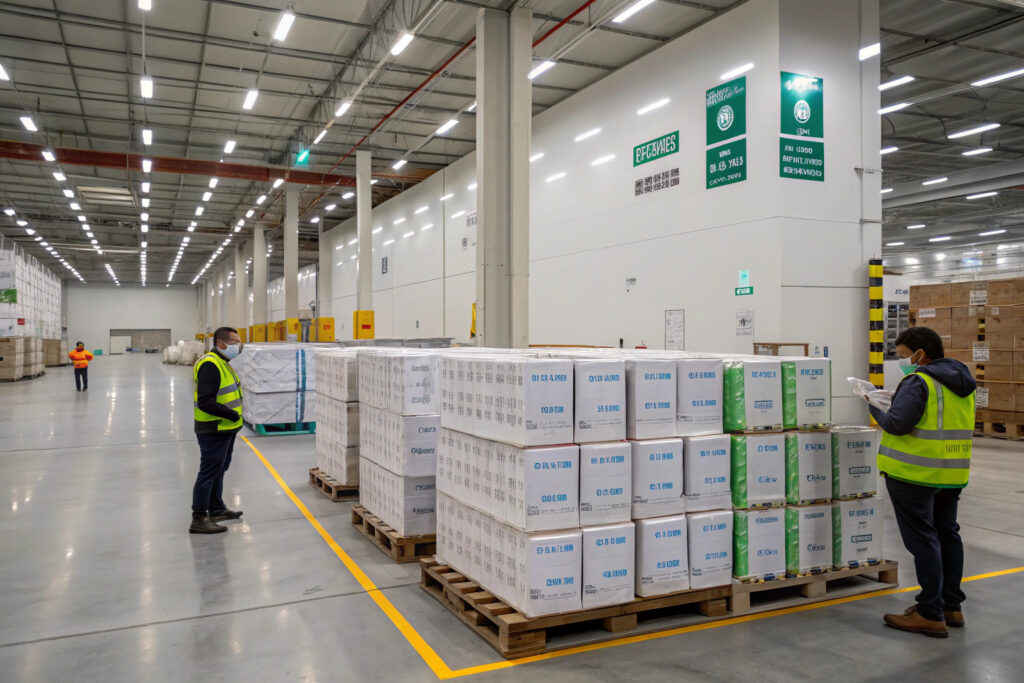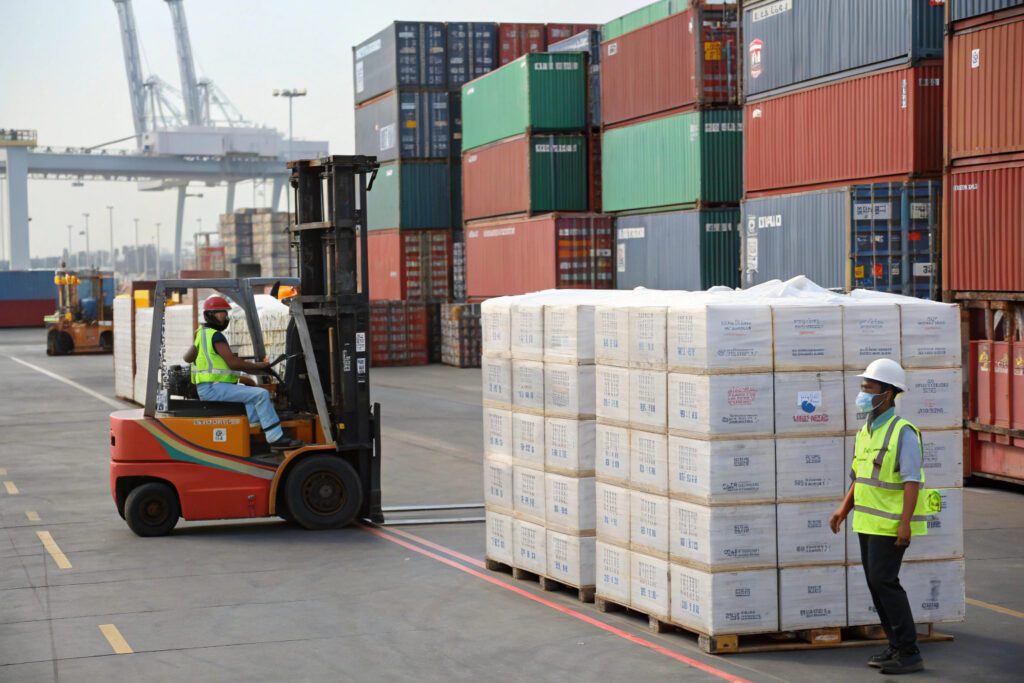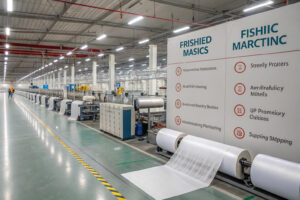As a manufacturer rooted in Keqiao, I know storing and shipping fabric mask orders is about more than packing boxes. It ensures that every shipment arrives in perfect condition, on time, and at a cost that makes sense for buyers. Clients in the U.S. and Europe rely on us not only for production but also for logistics solutions that minimize risks and delays.
The best practices for storing and shipping fabric mask orders include climate-controlled warehousing, strict quality inspection, protective packaging, and working with reliable freight forwarders. These steps help reduce damage, avoid tariff issues, and guarantee that masks reach customers in retail-ready condition.
How to Store Fabric Masks Safely in Warehouses?
Improper storage can lead to serious losses. Moisture, dust, or pests can compromise the quality of masks, especially when orders wait before shipment. Buyers expect clean and safe products upon arrival.
The best way to store masks is in ventilated warehouses with humidity control, pest prevention, and proper pallet stacking. Clear labeling and batch tracking further enhance transparency and efficiency.

Why is climate control important for fabric mask storage?
Fabric masks are vulnerable to humidity and temperature changes. If stored in damp conditions, they may develop odors or mold. Using dehumidifiers and circulation systems helps maintain stable environments. Some buyers even require ISO 14644 cleanroom standards for compliance.
How can labeling improve warehouse efficiency?
QR codes or barcodes should track fabric type, batch, and inspection results. With RFID warehouse management systems, errors are reduced and order accuracy improves.
What Packaging Methods Ensure Mask Quality During Shipping?
Packaging is critical to protect masks during long journeys. Buyers often complain about cartons arriving torn or masks wrinkled from poor handling. The right methods save time and money for everyone.
The best approach is multi-layer protection: inner poly bags, moisture-resistant cartons, and stretch-wrapped pallets. Export cartons should meet international standards to avoid customs problems.

Should fabric masks be vacuum-packed for export?
Vacuum packing reduces volume and keeps dust away, but it may wrinkle certain fabrics. Industry guidelines suggest using it mainly for long-term storage, not short transit.
Why are pallets and stretch film essential?
Without pallets, cartons can be crushed. Palletizing keeps loads stable and protects from ground moisture. ISPM 15 wooden pallets are mandatory in many countries, while plastic pallets are a reusable alternative.
How to Optimize International Shipping of Fabric Masks?
Shipping costs fluctuate, and customs regulations can confuse buyers. Careful planning with experienced logistics partners makes the process predictable and profitable.
The most efficient way to ship masks is to combine trusted freight forwarders, optimized Incoterms, and flexible transport methods such as air, sea, or rail. This approach minimizes delays and extra costs.
 )
)
Which Incoterms work best for bulk mask orders?
Many U.S. and EU buyers prefer FOB (Free on Board) because it gives them control over freight costs. Others choose DDP (Delivered Duty Paid) when they want suppliers to manage tariffs and delivery.
How can freight forwarders reduce risks?
Experienced forwarders assist with customs clearance, insurance, and route planning. Companies like DHL Global Forwarding optimize shipping lanes and avoid congested ports.
What Quality Control Steps Should Be Taken Before Shipping?
Quality control ensures that buyers receive products ready for market. Skipping this step often leads to returns and loss of trust.
The best QC practices include random sampling, third-party lab testing, and QR-coded inspection reports shared with buyers. These confirm compliance with safety standards and reduce rejection risks.

Why is third-party testing important for mask exports?
Many markets require certification before products can be sold. Using SGS or Bureau Veritas provides reports on filtration, colorfastness, and safety, helping masks meet EU, U.S., and WHO standards.
How does QR code tracking help buyers?
Each carton should have a QR code linking to inspection results, shrinkage tests, and composition data. Traceability systems let buyers verify compliance before goods arrive.
Conclusion
Storing and shipping fabric masks in bulk requires careful warehouse management, protective packaging, efficient logistics, and strict quality control. When followed consistently, these practices give buyers confidence and ensure smooth delivery.
If you are looking for a reliable partner in China to produce and ship your custom fabric mask orders, you can contact our Business Director Elaine at elaine@fumaoclothing.com. At Shanghai Fumao, we help you reduce risks, improve efficiency, and deliver with confidence.


























